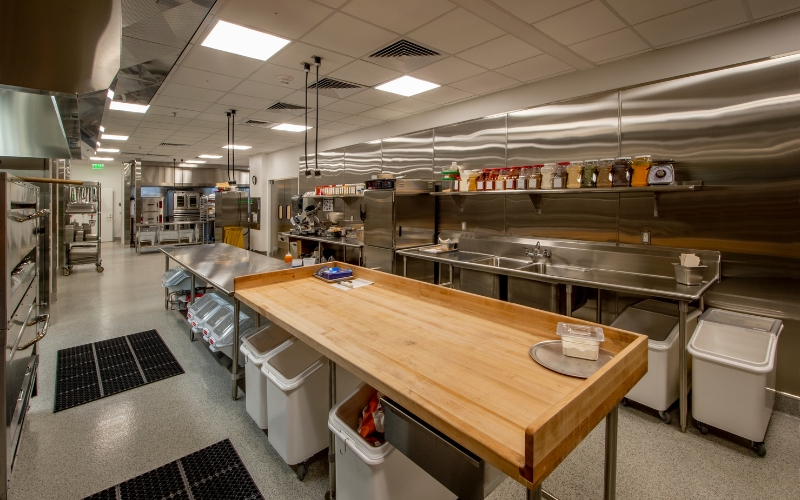A hospital’s primary focus is patient care, and it’s easy to overlook some behind-the-scenes who help achieve their goals. A department like Environmental Services (EVS) is crucial in maintaining cleanliness and environmental hygiene of healthcare facilities. That directly impacts patient safety and infection control. EVS teams are responsible for cleaning and disinfecting patient rooms, operating theaters, common areas, and specialized zones like intensive care units (ICUs). The challenges they face are numerous and multifaceted.

The Role of Environmental Services in Infection Control
EVS departments are crucial in infection prevention, as their work can help to prevent healthcare-associated infections. With Hospital Acquired Infections (HAIs) affecting roughly one in every 31 hospital patients and one in every 43 nursing home residents in the United States, it’s vital for an EVS team to grasp the intricacies of cleaning patient care areas, a task that differs significantly from non-hospital janitorial work.
Effective cleaning and disinfection are paramount in breaking the chain of infection. This task, however, is not as simple as it sounds, and it’s a challenge that EVS departments face on a daily basis.
Challenges Faced by Environmental Services Departments
High Turnover and Staffing Issues: These departments often have high turnover rates. The job is physically demanding and sometimes lacks recognition, leading to difficulties in retaining staff. As in all industries, more turnover means more training to ensure the jobs are properly done.
Compliance with Strict Standards: Hospitals must adhere to strict cleaning and disinfection standards set by regulatory bodies such as the CDC, OSHA, and The Joint Commission. Ensuring compliance requires meticulous attention to detail and rigorous documentation, which can be challenging in a fast-paced environment.
Emerging Pathogens: The rise of antibiotic-resistant bacteria and the occurrence of new viral threats, such as COVID-19, present ongoing challenges. EVS teams must be equipped to handle these pathogens, requiring new cleaning agents and techniques. Keeping up with best practices and ensuring across-the-board implementation can be daunting.
Resource Constraints: Budget limitations can impact EVS departments. This includes understaffing due to budget cuts, which can lead to increased workloads for staff, compromising quality.
Integration with Clinical Teams: Effective infection control requires seamless communication and cooperation between EVS and clinical staff. Miscommunication or lack of coordination can result in areas being overlooked or not cleaned to the required standards. This increases the risk of HAIs.
How Synexis Helps Your EVS Mission
All of these challenges mean that every little bit helps. Synexis and its patented Dry Hydrogen Peroxide (DHP®) technology works continuously to reduce the microbial load in the air and on surfaces. And it works behind the scenes, 24/7/365, in fully occupied spaces, which means that is no disruption in regular hospital operations. The integration of DHP into EVS protocols can significantly enhance the overall environmental hygiene of hospital environments by continuously reducing pathogens.
We hosted a free one-hour webinar on July 17 to discuss how Synexis and DHP can help support the EVS mission without requiring any oversight. View the webinar below!









